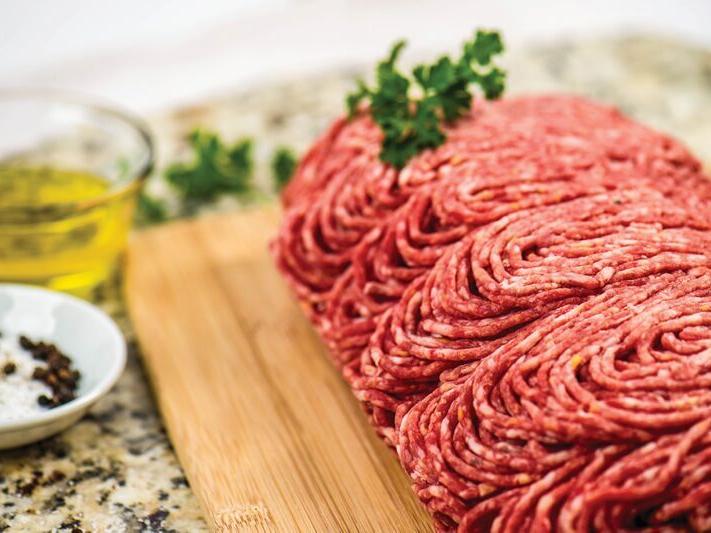
Looking ahead into this year and beyond, I have been and continue to be optimistic for the market outlook, particularly as the year progresses. My optimism is largely driven by expectations for continued solid beef demand which I have discussed in previous articles and declining feeder cattle numbers supporting reduced fed cattle supplies going into the second half of the year.
Breaking down the numbers behind this year’s smaller feeder cattle supply which Includes calves under 500 pounds, steers over 500 pounds, and heifers that were not held as replacements will likely show a 2.5% decline from the prior year and the smallest since 2015. My estimate results from a 1.6 % smaller U.S. cattle herd on January 1 including a 1.5 % smaller 2020 calf crop. The feeder cattle supply is largely driven by the prior year’s calf crop and last year’s smaller calf crop was the result of producer decisions over the past three years and supported by continued relatively high cow and heifer slaughter. Dairy cow slaughter ended the year down 5% from prior year while beef cow slaughter was up 2% from prior year and the highest since 2012 (major drought). More importantly, 2019 beef cow slaughter was up 5% from prior year and also the highest since 2012. Heifer slaughter this year was down 4% from 2019 heifer slaughter that year was the highest since 2010. Obviously, producers were not building the herd and breeding additional cows and heifers in 2019 to calve this year. There are Indications of increased heifer retention from the 2020 calf crop and this further reduces the number of feeder cattle.
Getting out of the weeds with these numbers and looking ahead to the impact on the market, a smaller supply of feeder cattle means fewer cattle available to place on feed throughout the year. By July 1, I am expecting a 5% decline in on-feed inventories and the lowest since 2017. Tighter cattle numbers will support prices for all classes of cattle during the 2nd half. While feeding margins are expected to be positive during 1st half, higher feeder prices during 2nd half and not to mention high feed costs will lead to higher breakeven prices coming out of the feedlot. Record carcass weights during 2020 and their direction as 2021 progresses has to be a concern. But, high feed prices and cost of gain should put the kibosh on heavy weights.
The resulting decline in cattle numbers coupled with leaving behind the COVID-led market distortions of 2020 paint a much more profitable picture for 2021 and 2022. That’s not to say that higher breakeven prices won’t have positive margins, but demand must support beef prices and fed cattle prices that will generate those positive margins.
The Link Lonk
January 08, 2021 at 12:39PM
https://ift.tt/38nptOe
John Nalivka: A Few Thoughts on my optimism for beef industry markets during 2021 - Tri-State Livestock News
https://ift.tt/2RxTDX4
Beef

No comments:
Post a Comment